THE LIVING WORLD
Unit Six. Animal Life
30. Chemical Signaling Within the Animal Body
30.5. The Thyroid, Parathyroid, and Adrenal Glands
The Thyroid: A Metabolic Thermostat
The thyroid gland is shaped like a shield (its name comes from thyros, the Greek word for “shield”) and lies just below the Adam’s apple in the front of the neck. The thyroid makes several hormones, the two most important of which are thyroxine, which increases metabolic rate and promotes growth, and calcitonin, which inhibits the release of calcium from bones.
Thyroxine regulates the level of metabolism in the body in several important ways. Without adequate thyroxine, growth is retarded. For example, children with underactive thyroid glands are not able to carry out carbohydrate breakdown and protein synthesis at normal rates, a condition called cretinism, which results in stunted growth. Mental retardation can also result because thyroxine is needed for normal development of the central nervous system. The thyroid is stimulated to produce thyroxine by the hypothalamus, which is inhibited by thyroxine via negative feedback. Recall from chapter 26 that in negative feedback, the target gland’s hormone inhibits the stimulation of the gland. The dashed lines in figure 30.8a indicate that thyroxine inhibits the release of TRH and TSH from the hypothalamus and anterior pituitary, respectively. Thyroxine contains iodine, and if the amount of iodine in the diet is too low, the thyroid cannot make adequate amounts of thyroxine to keep the hypothalamus inhibited. The hypothalamus will then continue to stimulate the thyroid, which will grow larger in a futile attempt to manufacture more thyroxine. The greatly enlarged thyroid gland that results is called a goiter (figure 30.8h). This need for iodine in the diet is why iodine is added to table salt. You probably have had your thyroid examined. A doctor will probe the area around your throat, feeling for lumps or enlarged areas. An overactive thyroid, which produces too much thyroxine, can cause hyperthyroidism. The overproduction of thyroxine results in elevated metabolism, which causes increased heart rate, weight loss, elevated body temperature—all symptoms of elevated metabolism.
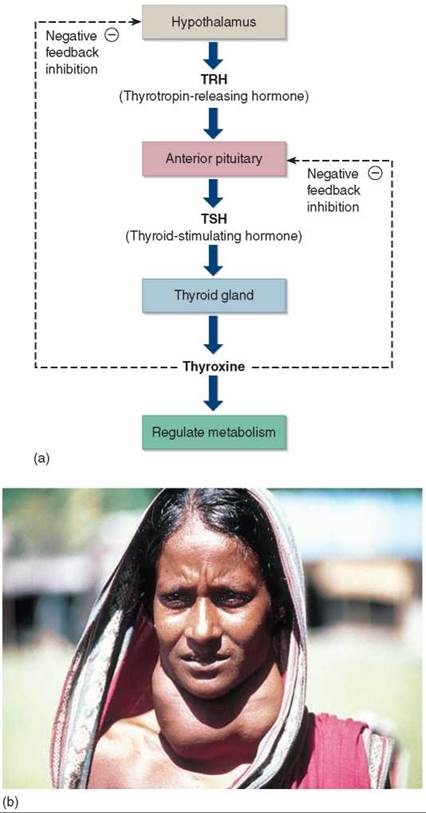
Figure 30.8. The thyroid gland secretes thyroxine.
(a) Thyroxine exerts negative feedback control of the hypothalamus and anterior pituitary. (b) A goiter is caused by a lack of iodine in the diet, which causes thyroxine secretion to decrease. As a result, there is less negative feedback, TSH is not inhibited from stimulating the thyroid gland, and the thyroid gland becomes enlarged.
Calcitonin, which will be discussed later, plays a key role in maintaining proper calcium levels in the body.
The Parathyroids: Regulating Calcium
The parathyroid glands are four small glands attached to the thyroid. Small and unobtrusive, they were ignored by researchers until well into the last century. The first suggestion that the parathyroids produce a hormone came from experiments in which they were removed from dogs: The concentration of calcium in the dogs’ blood plummeted to less than half the normal level. However, if an extract of the parathyroid gland was administered, calcium levels returned to normal. If an excess was administered, calcium levels in the blood became too high, and the bones of the dogs were literally dismantled by the extract. It was clear that the parathyroid glands were producing a hormone that acted on calcium, both its uptake into and release from bones.
The hormone produced by the parathyroids is parathyroid hormone (PTH). It is one of only two hormones in the body that is absolutely essential for survival (the other is aldosterone, a hormone produced by the adrenal glands, discussed on the next page). PTH regulates the level of calcium in blood. Recall that calcium ions are the key actors in muscle contraction—by initiating calcium release, nerve impulses cause muscles to contract. A vertebrate cannot live without the muscles that pump the heart and drive the body, and these muscles cannot function if calcium levels are not kept within narrow limits.
PTH acts as a fail-safe to make sure calcium levels never fall too low. If they do (figure 30.9a), PTH is released into the bloodstream, travels to the bones, and acts on the osteoclast cells (the blue cells) within bones, stimulating them to dismantle bone tissue and release calcium into the bloodstream. PTH also acts on the kidneys to reabsorb calcium ions from the filtrate and leads to activation of vitamin D, necessary for calcium absorption by the intestine. A diet deficient in vitamin D leads to poor bone formation, a condition called rickets. When PTH is synthesized by the parathyroids in response to falling levels of calcium in the blood, the body is essentially sacrificing bone to keep calcium levels within the narrow limits necessary for proper functioning of muscle and nerve tissues. Calcitonin, a hormone referred to earlier, is released from the thyroid gland and acts in reverse of PTH. When calcium levels in the blood rise (figure 30.96), calcitonin activates osteoblast cells (the orange cells) to take up calcium, and rebuild bone.
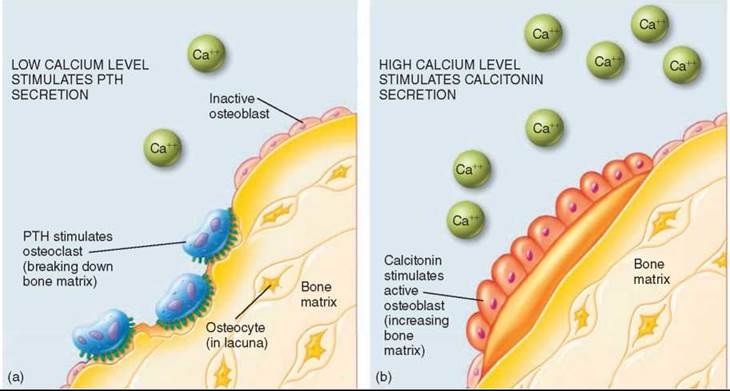
Figure 30.9. Maintenance of proper calcium levels in the blood.
(a) When calcium levels in the blood become too low, the parathyroid gland produces additional amounts of PTH, which stimulates the breakdown of bone, releasing calcium.
(b) Conversely, abnormally high levels of calcium in the blood trigger the thyroid gland to secrete calcitonin, which inhibits the release of calcium from bone, and promotes the activity of osteoblasts to remove calcium from the blood and deposit it in bone.
The Adrenals: Two Glands in One
Mammals have two adrenal glands, one located just above each kidney (see table 30.1 on the next page). Each adrenal gland is composed of two parts: (1) an inner core, the medulla, which produces the hormones adrenaline (also called epinephrine) and norepinephrine; and (2) an outer shell, the cortex, which produces the steroid hormones cortisol and aldosterone.
The Adrenal Medulla: Emergency Warning Siren. The medulla releases epinephrine (adrenaline) and norepinephrine in times of stress. These hormones act as emergency signals that stimulate rapid deployment of body fuel. The “alarm” response these hormones produce throughout the body is identical to the individual effects achieved by the sympathetic nervous system, but it is much longer lasting. Among the effects of these hormones are an accelerated heartbeat, increased blood pressure, higher levels of blood sugar, and increased blood flow to the heart and lungs.
The Adrenal Cortex: Maintaining the Proper Amount of Salt. The adrenal cortex produces the steroid hormone cortisol. Cortisol (also called hydrocortisone) acts on many different cells in the body to maintain nutritional well-being. It stimulates carbohydrate metabolism and reduces inflammation. Synthetic derivatives of this hormone, such as prednisone, have widespread medical use as anti-inflammatory agents. Cortisol is also called the stress hormone, released in times of stress to help the body deal with acute stress. Problems arise when the body experiences chronic stress and cortisol levels remain high in the body. This can lead to problems with high blood pressure, reduced immune function, fat accumulation, and maintaining blood sugar, among others. These chronic effects of cortisol are unhealthy.
The adrenal cortex also produces aldosterone. Aldosterone acts primarily in the kidney to promote the uptake of sodium and other salts from the urine, which also increases the reabsorption of water. Sodium ions play crucial roles in nerve conduction and many other body functions. Water is needed to maintain blood volume and blood pressure. Aldosterone is, with PTH, one of the two endocrine hormones essential for survival. Removal of the adrenal glands is invariably fatal.
TABLE 30.1. THE PRINCIPAL ENDOCRINE GLANDS
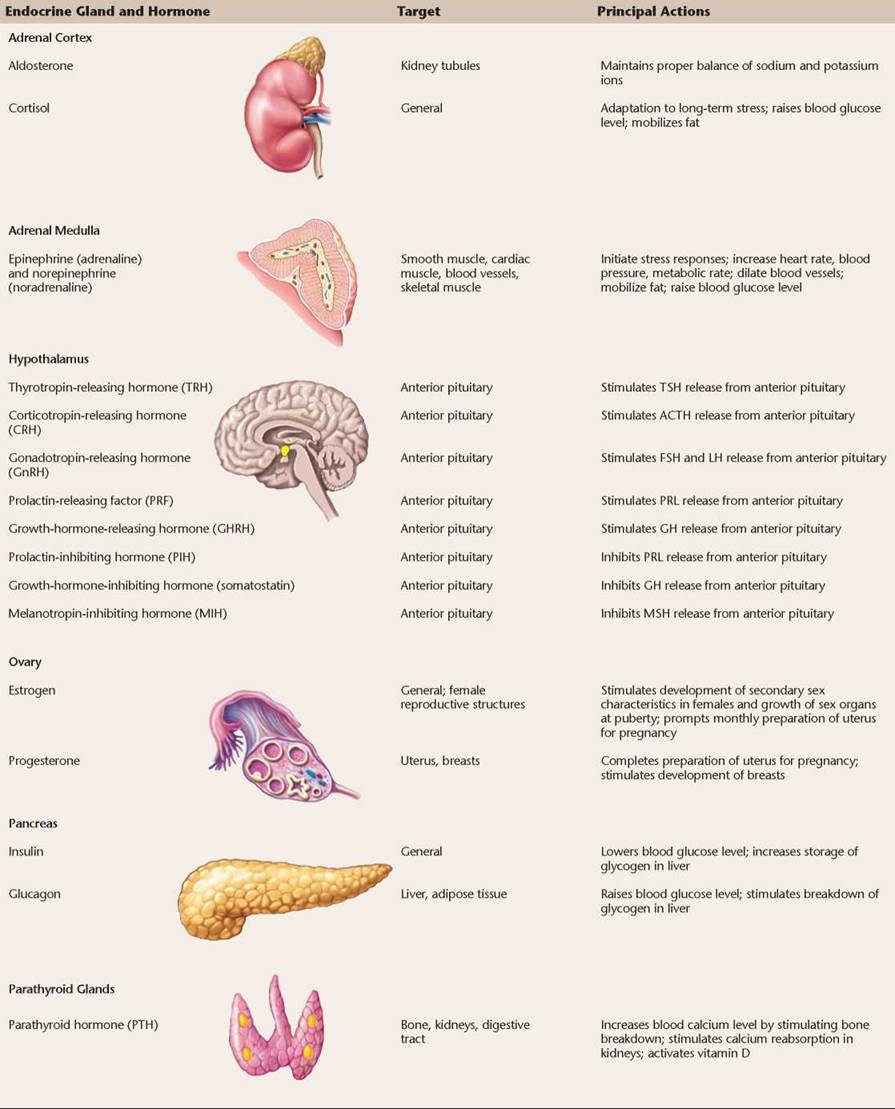
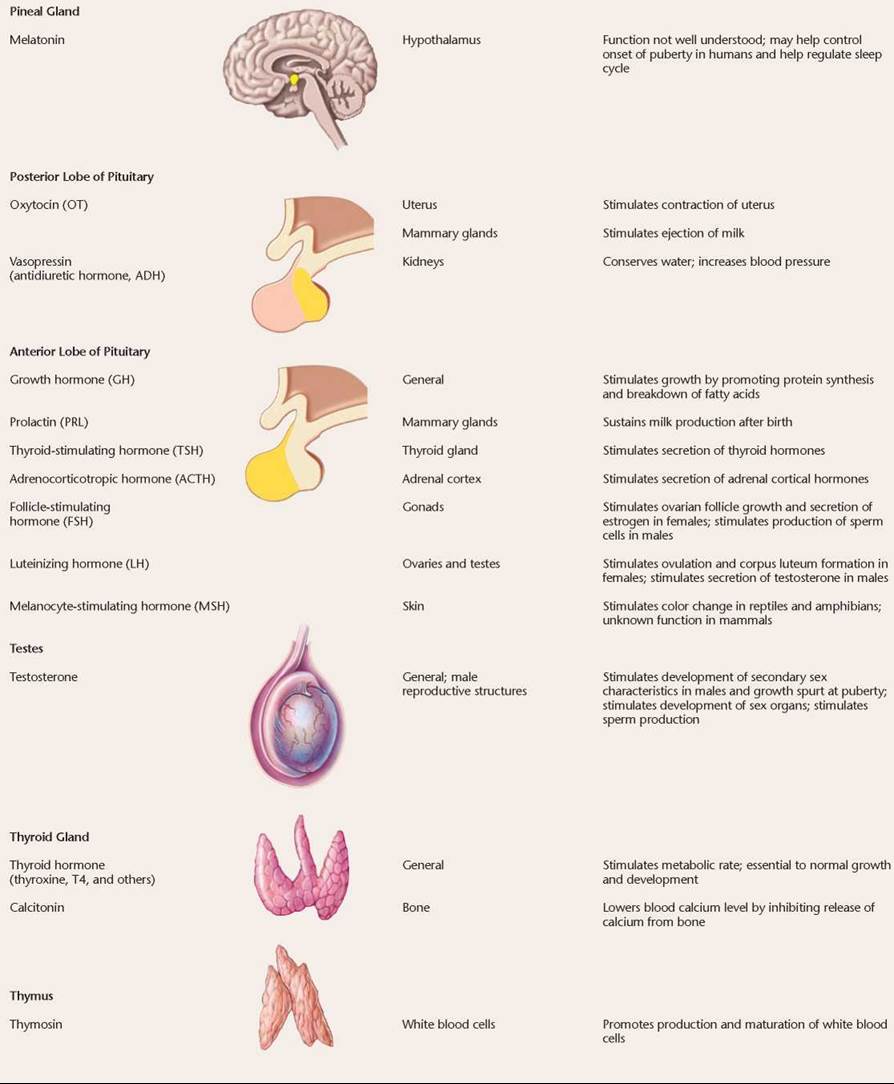
Key Learning Outcome 30.5. The thyroid acts as a metabolic thermostat, secreting hormones that adjust metabolic rate. Parathyroid hormone regulates calcium levels in the blood. The adrenal medulla releases epinephrine and norepinephrine. The adrenal hormone aldosterone promotes the uptake of sodium and other salts in the kidney.
Inquiry & Analysis
How Strong Is the Association Between Smoking and Lung Cancer?
About a third of all cases of cancer in the United States are directly attributable to cigarette smoking. The association between smoking and cancer is particularly striking for lung cancer. The lung you see in the photograph below, riddled with cancer, is that of a smoker. A cancerous tumor has almost completely taken over the top half, and the black discoloration is due to tars. Cancer cells can migrate from the lungs into the lymph and blood vessels and spread through the body. Often, victims of lung cancer die of secondary tumors that form in other parts of the body, such as the brain. Over half a million people died of cancer in the United States in 2009; about 28% of them died of lung cancer.
All Americans die. The tragedy of this statistic is that so many die unnecessarily soon— fully 87% of the lung cancer deaths were cigarette smokers. Smoking is a popular pastime among Americans.
In the United States, 21% of adults and 23% of teens smoke, and U.S. smokers consumed 389 billion cigarettes in 2005. The smoke emitted from these cigarettes contains some 3,000 chemical components, including vinyl chloride, benzo[a] pyrenes, and N-nitrosonornicotine, all potent mutagens. Smoking places these mutagens into direct contact with the tissues of the lungs, with cancer the result.
How strong is the correlation between the number of cigarettes smoked per day and the incidence of lung cancer? To find out, a detailed study was made of the incidence of lung cancer among American men, and of the cigarettes smoked per day. The results are presented in the graph above.
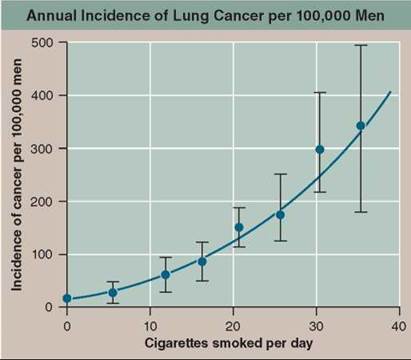
1. Applying Concepts
a. In the graph, what is the dependent variable?
b. The vertical lines drawn through the points on the graph are "error bars.” How much estimation error is associated with the estimate of cancer incidence among men smoking 20 cigarettes a day? 30 cigarettes?
2. Interpreting Data
a. If the incidence of cancer per 100,000 men is 100, what is the percent of men with cancer?
b. Do you see a trend in the magnitude of the error bars in the graph? What might account for this?
3. Making Inferences
a. There are 20 cigarettes in a pack. What is the incidence of cancer among "a-pack-a-day” smokers?
b. What is the incidence of lung cancer among nonsmokers?
c. Compare the risk of contracting lung cancer among individuals who smoke one pack a day to the risk among nonsmokers.
d. Is the relationship between cigarettes smoked per day and incidence of lung cancer linear? Why do you think the relationship is this way? What do you think this says about the risks of heavier smoking?
4. Drawing Conclusions. Do these results support the hypothesis that cigarette smoking causes cancer? Do they prove it? Explain.
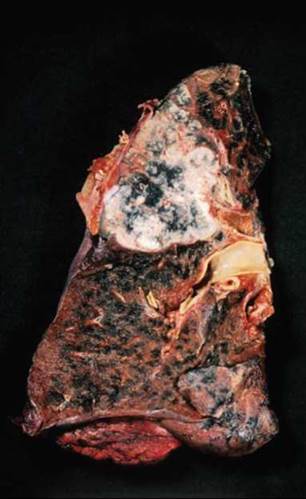
1. One advantage chemical signaling has over electrical signaling is that
a. reaction to stimuli can happen very quickly.
b. although it takes large amounts of chemicals, the chemical signals are efficient.
c. chemical signals stick around longer than electrical signals and can be used for slow processes.
d. chemical signals are used in response to external and internal stimuli.
2. A coordination center for some of the endocrine system is the
a. hypothalamus.
b. adrenal gland.
c. thyroid gland.
d. pancreas.
3. Hormones and neurotransmitters are similar because they
a. fit into receptors specifically shaped for them.
b. are proteins.
c. are released into the bloodstream.
d. All of the above.
4. The action of steroid hormones is different from peptide hormones because
a. peptide hormones must enter the cell to begin action, whereas steroid hormones must begin action on the external surface of the cell membrane.
b. steroid hormones must enter the cell to begin action, whereas peptide hormones must begin action on the external surface of the cell membrane.
c. peptide hormones produce a hormone receptor complex that works directly on the DNA, whereas steroid hormones cause the release of a secondary messenger that triggers enzymes.
d. No answer is correct.
5. The hormone that regulates water concentration in the urine is released from the
a. thyroid gland.
b. thymus.
c. anterior pituitary gland.
d. posterior pituitary gland.
6. _____ is the hormone that stimulates the adrenal gland to produce a number of steroid hormones.
a. ACTH
b. LH
c. TSH
d. MSH
7. Type I diabetes is caused by an abnormality in endocrine cells of the
a. pancreas.
b. thymus.
c. adrenal glands.
d. hypothalamus.
8. The release of the thyroid hormone calcitonin is triggered by
a. too much glucose in the blood.
b. too much sodium in the blood.
c. too much calcium in the blood.
d. too much iodine in the blood.
9. Epinephrine mimics the effects of the
a. somatic nervous system.
b. central nervous system.
c. parasympathetic nervous system.
d. sympathetic nervous system.
10. A person afflicted with a goiter suffers from
a. lack of iodine.
b. low calcium levels.
c. excess thyroxine.
d. an underactive hypothalamus.